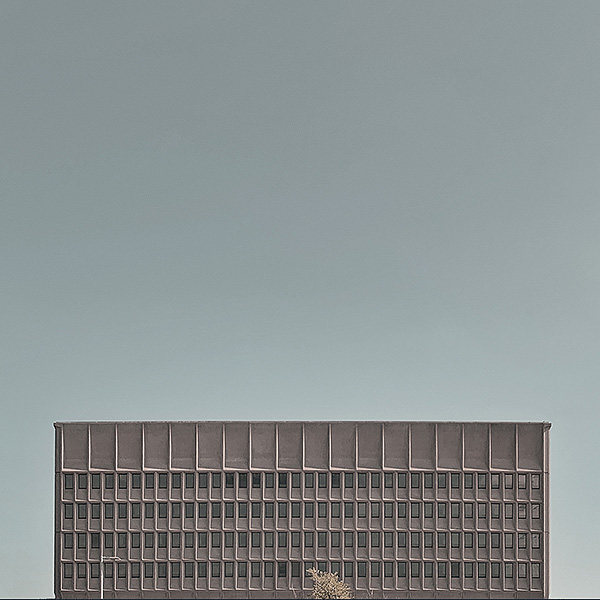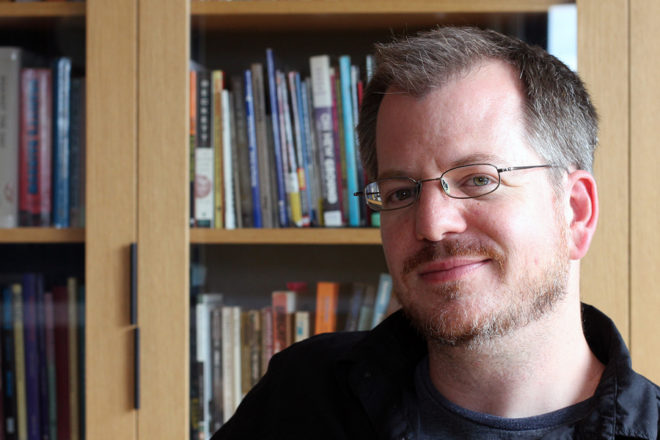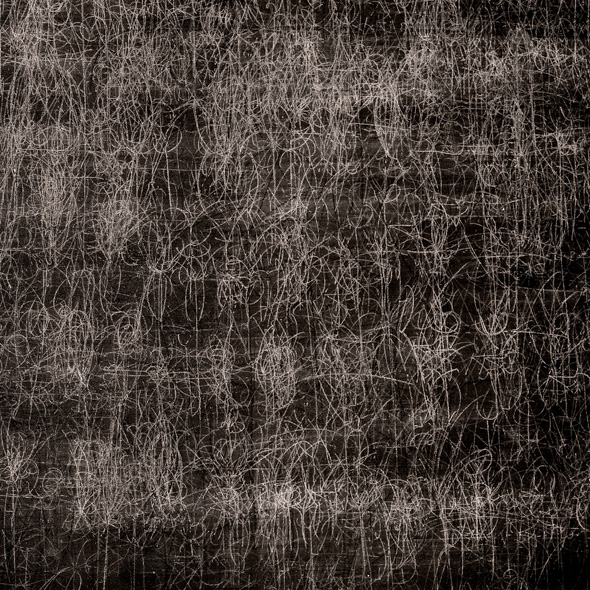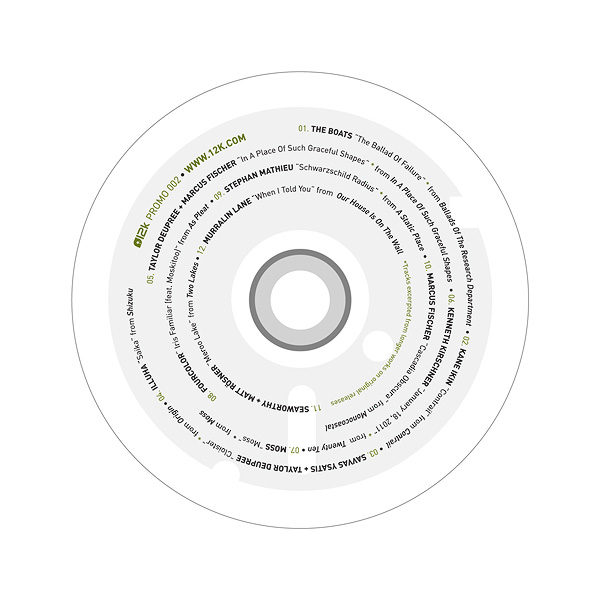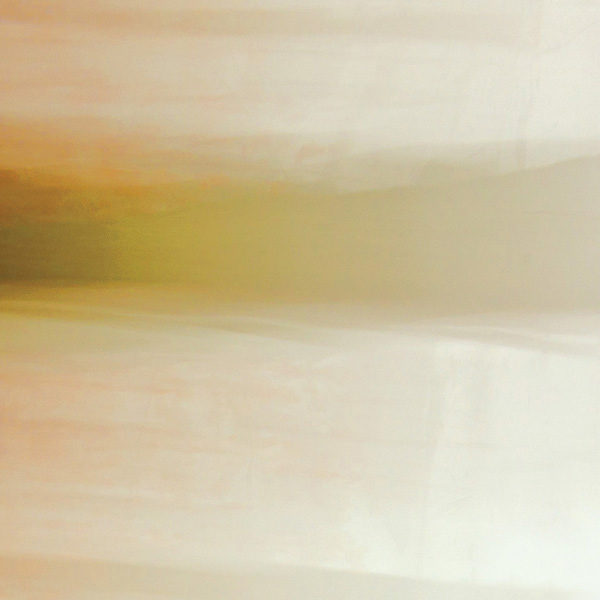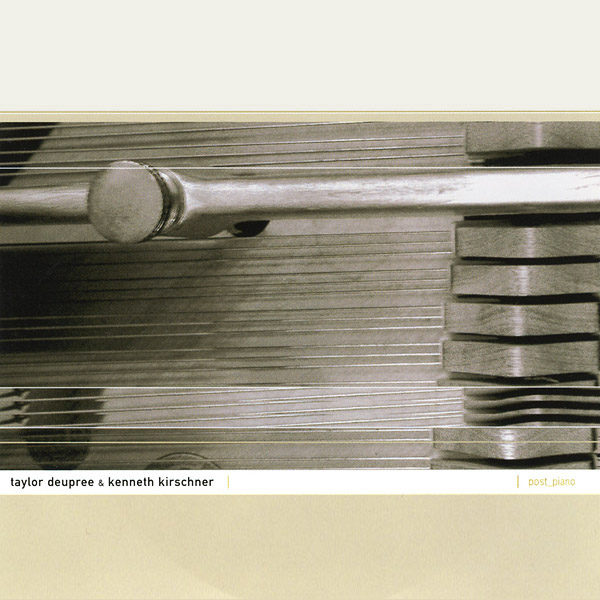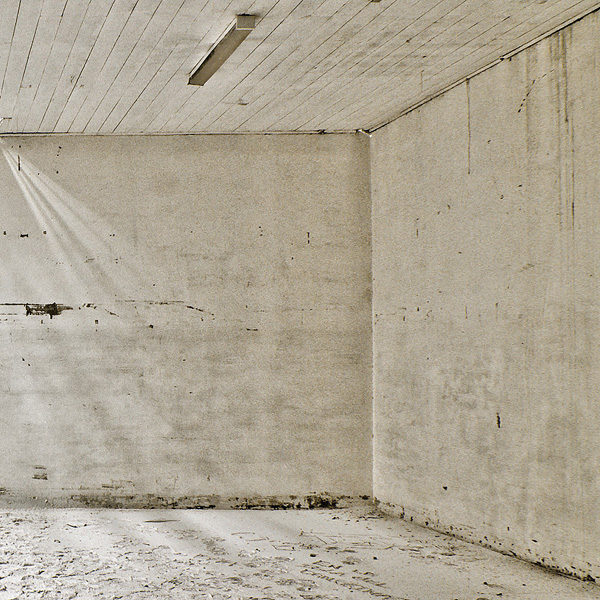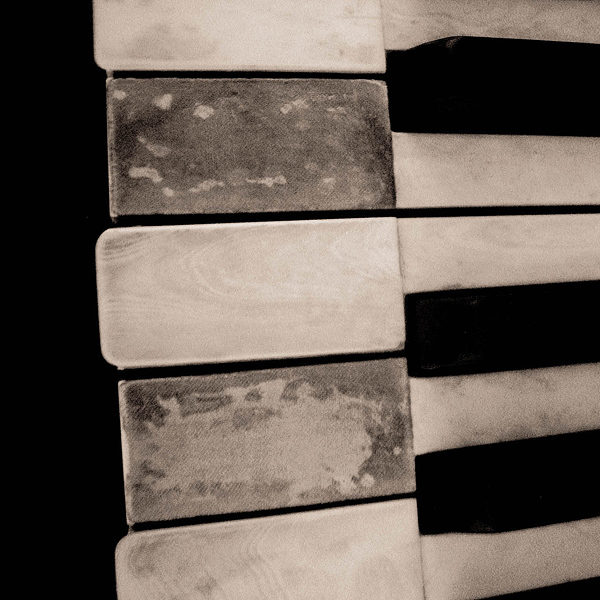Twenty years ago, Kenneth Kirschner and Taylor Deupree released their groundbreaking album post_piano, which introduced piano into the nascent microsound movement of the early 2000s. The piano has remained a central focus of Kirschner’s work ever since, and 12k is pleased to present his first release on the label since 2015’s Compressions & Rarefactions: July 27, 2022, a nearly four-hour composition for a physically impossible piano.
Titled, like all his pieces, for the date on which it was begun, July 27, 2022 uses microtonality to push Kirschner’s continuing exploration of the piano in directions that could never be achieved through purely acoustic means. The concept of the piece was to construct, electronically, a piano that would be impossible to build in real life: what appears on the record to at first be a simple acoustic piano is in fact playing in multiple contradictory tuning systems simultaneously – so that, for example, the same piano key at times strikes subtly different pitches. Further, these “paradoxical” tunings shift and change throughout the piece, as if the piano were being instantaneously retuned from one impossible tuning to another as the composition progresses.
With the pedal fully down throughout the entire recording, the experience of the music is as much about the shimmering microtonal decays of the piano’s string resonances as it is about the actual notes played. As with all of Kirschner’s work, July 27, 2022 is the end result of an intricate and extended compositional process that combines chance procedures with rigorous, intensive editing. The aleatoric collisions between the different microtonal piano lines produce kaleidoscopic, unpredictably chaotic rhythms that would be impossible for a score or performer to precisely reproduce – but that are nevertheless highly structured and carefully selected. As with much of Kirschner’s music, there is no regular meter or consistent rhythmic pulse; rather, the work takes advantage of the digital environment to superimpose multiple shifting layers of free-flowing rhythms that gradually transform the listener’s sense of time across the piece’s extended duration.
Structurally, the entire composition is built from a single underlying set of ascending melodic patterns. This recurring cycle of patterns is played simultaneously by three different piano voices – each with its own tempo, transposition, and microtuning – and the eleven movements of the piece explore different possible recombinations of this underlying source material. Throughout the piece, each of the composition’s three voices remains within a different non-equal tempered tuning system – specifically Meantone, Pythagorean, or Werckmeister III – and in each movement the roots of the tuning systems are permuted to adapt to the emergent harmonies. These tuning permutations are selected entirely by ear and to follow the harmonic structure of each movement, rather than according to any preexisting theory, so the results remain highly accessible despite venturing at times far outside the conventions of Western equal temperament.
Moving beyond Kirschner’s usual influences of Feldman and Bach, July 27, 2022 draws inspiration from microtonal piano works like Terry Riley’s The Harp of New Albion and La Monte Young’s The Well-Tuned Piano; the “unplayable” player piano studies of Conlon Nancarrow; and the generative music of Brian Eno. And at 3 hours, 49 minutes, and 11 seconds, the piece is Kirschner’s longest single composition to date.
Despite its intricate process, experimental tuning, and extended duration, July 27, 2022 remains an accessible and thoroughly musical experience – a deep immersion into an unconventional musical space that offers adventurous listeners a new perspective on some of music’s most fundamental questions of time and harmony.
